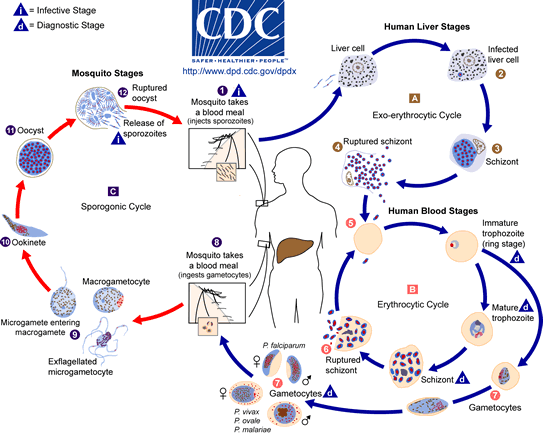Each year, April 25 provides an opportunity to reflect on the current status of the fight against malaria. We are in the middle year of the World Malaria Day theme of “Invest in the Future. Defeat Malaria,” which is set to last until 2015.
Funding for malaria control and prevention, as with all international public health endeavors, has always been perceived as a critical issue, but there is a refreshing diversity to the ways in which it is being discussed this World Malaria Day. The U.S. Centers for Disease Control and Prevention (CDC), who spear-headed the successful eradication of malaria in the U.S. back in the 1950s, specifically mention their efforts to maximize effectiveness, and their strategies for using and evaluating new tools such that they can get the most impact per precious dollar spent. The WHO has highlighted the importance of sustained political commitment, as a crucial factor related to ensuring continued financial support for malaria initiatives. The Global Fund to Fight AIDS, TB, and Malaria recently announced a new funding model, designed to enable “strategic investment for maximum impact.” [Read more…]
